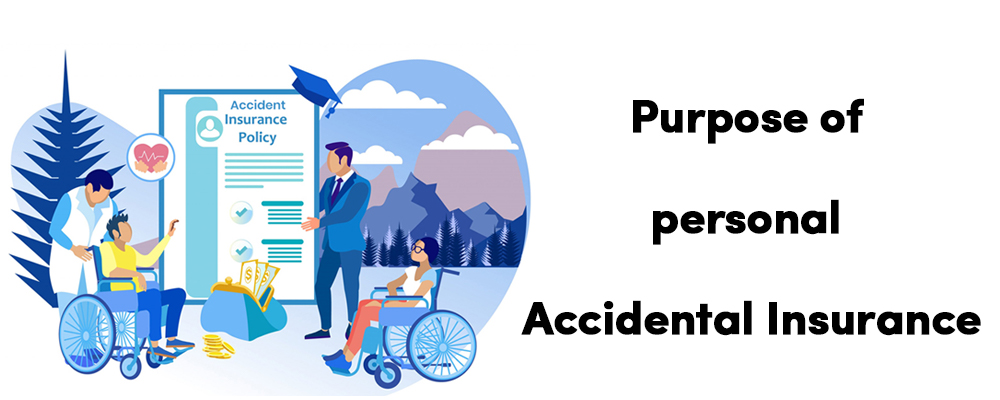The smart Trick of Pacific Prime That Nobody is Discussing
The smart Trick of Pacific Prime That Nobody is Discussing
Blog Article
Some Ideas on Pacific Prime You Should Know
Table of ContentsHow Pacific Prime can Save You Time, Stress, and Money.How Pacific Prime can Save You Time, Stress, and Money.What Does Pacific Prime Mean?Getting The Pacific Prime To WorkPacific Prime - Questions

This is because the data were accumulated for a duration of strong economic efficiency. Of the estimated 42 million people who were without insurance, all but regarding 420,000 (concerning 1 percent) were under 65 years of age, the age at which most Americans come to be qualified for Medicare; 32 million were adults between ages 18 and 65, about 19 percent of all grownups in this age team; and 10 million were children under 18 years of age, about 13.9 percent of all kids (Mills, 2000).
These quotes of the variety of persons without insurance are generated from the annual March Supplement to the Present Populace Study (CPS), conducted by the Census Bureau. Unless or else kept in mind, national price quotes of individuals without health insurance coverage and proportions of the populace with various sort of coverage are based upon the CPS, the most commonly utilized source of quotes of insurance policy protection and uninsurance prices.
The smart Trick of Pacific Prime That Nobody is Talking About

Still, the CPS is especially useful because it produces annual estimates reasonably promptly, reporting the previous year's insurance policy coverage approximates each September, and since it is the basis for a constant set of estimates for greater than 20 years, permitting for evaluation of trends in protection gradually. For these reasons, along with the considerable use the CPS in various other research studies of insurance protection that are provided in this record, we depend on CPS estimates, with limitations kept in mind.

The estimate of the variety of uninsured individuals broadens when a population's insurance standing is tracked for a number of years. Over a three-year duration beginning early in 1993, 72 million people, 29 percent of the united state populace, lacked coverage for at the very least one month. Within a single year (1994 ), 53 million individuals experienced at the very least a month without insurance coverage (Bennefield, 1998a)
6 out of every ten uninsured grownups are themselves employed. Functioning does enhance the likelihood that one and one's family participants will have insurance policy, it is not an assurance. Even participants of households with 2 permanent wage earners have virtually a one-in-ten chance of being without insurance (9.1 percent uninsured rate) (Hoffman and Pohl, 2000).
Little Known Facts About Pacific Prime.
New immigrants make up a considerable percentage of individuals without health insurance. One analysis has actually attributed a considerable section of the recent development in the dimension of the united state without insurance population to immigrants that showed up in the nation in between 1994 and 1998 (Camarota and Edwards, 2000). Current immigrants (those who involved the United States within the past four years) do have a high price of being without insurance (46 percent), yet they and their children represent simply 6 percent of those without insurance across the country (Holahan et al., 2001).
The relationship between health insurance coverage and access to care is well established, as recorded later in this chapter. The relationship between wellness insurance and wellness end results is neither direct nor easy, a substantial scientific and health and wellness services research literature web links health and wellness insurance policy coverage to improved access to care, far better top quality, and improved personal and populace health standing.
Levels of evaluation for taking a look at the impacts of uninsurance. It focuses especially on those without any type of wellness insurance coverage for any kind of length of time.
How Pacific Prime can Save You Time, Stress, and Money.
The troubles faced by the underinsured are in some areas comparable to those dealt with by the wikipedia reference uninsured, although they are usually much less extreme. Health and wellness insurance coverage, however, is neither necessary neither enough to obtain access to clinical solutions. The independent and direct result of wellness insurance coverage on access to health services is well established.
Others will certainly obtain the wellness care they require even without medical insurance, by spending for it out of pocket or seeking it from companies who use care complimentary or at highly subsidized rates. For still others, health insurance alone does not make certain receipt of treatment due to various other nonfinancial obstacles, such as a lack of healthcare suppliers in their community, restricted access to transportation, illiteracy, or linguistic and social differences.
Pacific Prime Fundamentals Explained
Official study about without insurance populations in the United States dates to the late 1920s and early 1930s when the Committee on the Price of Treatment generated a collection of reports regarding financing medical professional workplace brows through and hospitalizations. This problem came to be significant as the varieties of clinically indigent climbed throughout the Great Clinical depression.
Report this page